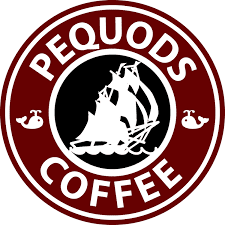"Moby Dick" in popular culture
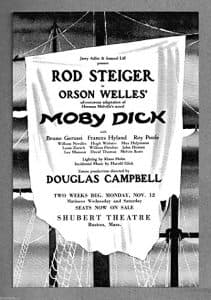
In our everyday lives, an obsessive quest for anything elusive, unattainable, or ephemeral is a search for a “white whale,” whether it be true love, physical perfection, or some other object difficult to pin down. I found it interesting to take note of some of the ways this epic tale has inhabited our culture.
Moby-Dick has had many an outing on screen and stage, prior to its operatic version. Orson Welles created a theatre version in which very few props and sets were used. Actors used brooms and sticks as oars and telescopes, and the white whale only existed in the imagination of the cast and audience.
Then there’s the famous film version from 1956 starring Gregory Peck as Ahab, in a much more literal depiction of the novel’s events. And Patrick Stewart created an even more obsessed portrayal of Ahab in a TV mini-series in 1998. Ray Bradbury wrote a “loose radio adaptation” in which the late British actor Christopher Lee portrayed a space commander in pursuit of the comet that caused his blindness.
The 103rd episode of the animated series Futurama was entitled “Möbius Dick” and tells of a killer space whale that drags the ship Planet Express into the fourth dimension.
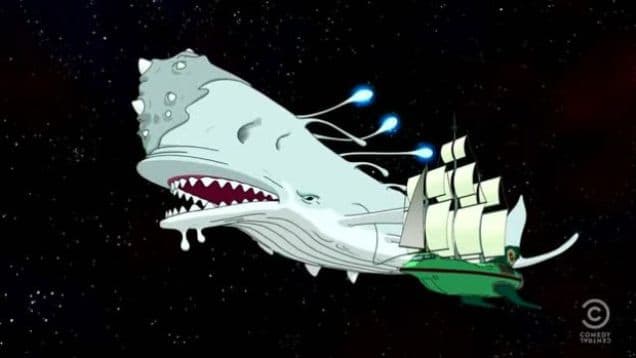
Mobius Dick
More recently, Ron Howard told the story of the Essex, a whaling ship whose real-life experiences served as the inspiration for Melville’s novel, in Howard’s 2015 film In the Heart of the Sea.
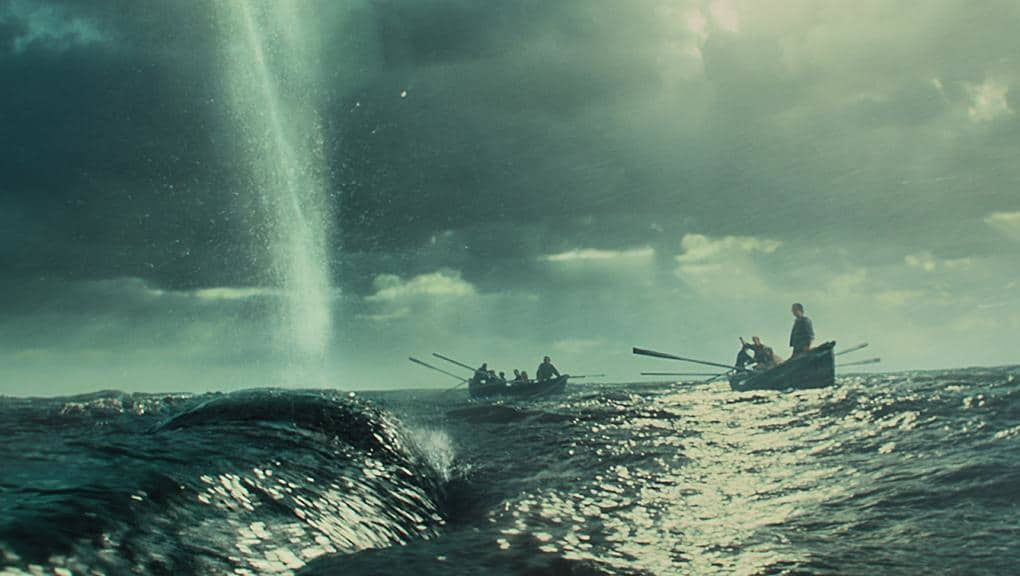
Star Trek screenwriters turned to Moby-Dick references again in the 1996 film Star Trek: First Contact, in which Captain Jean-Luc Picard’s (Patrick Stewart) campaign against the Borg collective is compared to Ahab’s search for Moby by Lily Sloane (Alfre Woodard).
One of the main characters in the TV series Battlestar Galactica (both versions) is named Starbuck—perhaps the search for Earth is that series’ White Whale.
Then there are the numerous artists who have found inspiration in this story, despite Ishmael’s insistence that he “must needs conclude that the great Leviathan is that one creature in the world which must remain unpainted to the last.” Jackson Pollock completed two paintings inspired by the novel including this example from 1943.
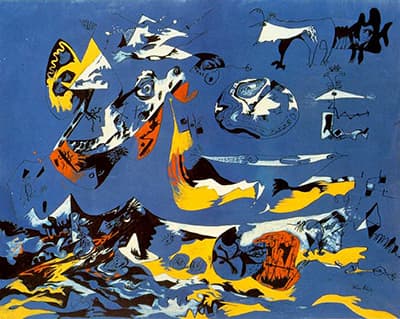
Beginning in 2009 a self-taught artist Matt Kish, enthused by the novel, decided to do an artwork each day related to one page from his Signet edition of the novel, which ran 552 pages! He created his art on discarded scrap of paper, using watercolors, ballpoint pen, crayons, and other “casual” implements. He shared his journey via blog posts and he published the drawings in a 2011 collection titled Moby-Dick in Pictures.
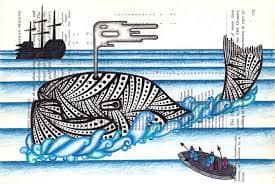
Was the White Whale, in that case, a perfect cup of coffee? Speaking for myself, I’m constantly engaged in this quest.



